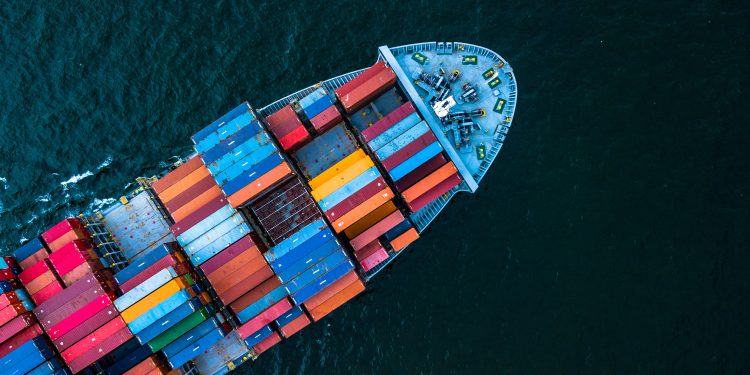Using data mainly from the Union Maritime Information and Exchange System (SafeSeaNet), and in certain cases combined with LRIT and MARINFO data, EMSA issues a report providing figures on the impact of COVID-19 on shipping traffic.
By analysing ship calls at EU ports it was found that the number of ships calls at EU ports declined by 10% in the 2020 compared to 2019. When comparing year 2021 with 2019, it was observed the number of ships calls at EU ports increased by 3%. The number of ships calls in June 2022 increased by 13% compared to the same month in 2019. The most significant decrease in the number of ships calls was detected for Containerships, Refrigerated cargo ships and Vehicle carriers.
[smlsubform prepend=”GET THE SAFETY4SEA IN YOUR INBOX!” showname=false emailtxt=”” emailholder=”Enter your email address” showsubmit=true submittxt=”Submit” jsthanks=false thankyou=”Thank you for subscribing to our mailing list”]
Countries still heavily impacted in 2022 are Finland, Germany, Italy, Latvia, Lithuania, Norway and Portugal. In 2022 there was a general increase of the values of port calls worldwide under EU flag until February, but in March and during this last trimester, many countries and ship types inverted a recuperation trend probably. This has affected more the tonnages travelling over sea than the number of calls. Still, and overall, EU-MS flagged fleets port call activity worldwide is above the pre-pandemic year of 2019 by +4.2%.
In fact, the ship types that are less affected by this new tendency are precisely Passenger Ships and Ro-pax ships which maintain their values as before even slightly increasing in some cases. Cargo ships are the ones showing higher negative variations in the last trimester, compared with the first trimester of 2022.
In 2022 it is still observed a reduction of the trade between China and the EU, comparing both with 2021 and 2019.
This may result from the methodology in view of a change in the pattern of trans-shipments that could have originated in the past a higher number of port calls arriving to Europe directly from Chinese ports, compared with current days. Vehicle carriers seem to have recovered in 2022 to a positive variation from China to Europe. For the US, in 2022 it is observed a continuous increase of the trade between USA and the EU. The EU exports to USA seem to have fully recovered and increased beyond 2019, but the imports although increasing compared with last year, are still below the values of 2019.
The EMSA analysis put focus on cruise ships which were mostly affected by COVID-19. Every major cruise line in the world suspended departures in mid-March of 2020 as the coronavirus outbreak grew, with some returning to operations in limited number of vessels and areas. The number of cruise ships calling at EU ports declined by 61% in the 2021 compared to 2019. The figures of 2022 shows that the number of cruise ships calling the EU ports in the first half of 2022 increased significantly and is close to the number of calls in the first half of 2019, the last year prior to Covid-19 pandemic. The number of persons on board cruise ships is lower than in 2019 but significantly higher than in 2021.
Ports calls for cruise liners worldwide from 2020 and for 2021 are almost of the same magnitude with reductions of -52.7% and -50.5% compared with 2019, meaning that the recovery for the Cruise sector in 2021 was almost null. The year of 2022, however, shows a significant recovery in the months from January to June reducing the decrease of port calls to -18.2%, compared again with similar period of 2019. The European continent presents the most significant recovery from all continents. Even if the number of calls is still below 2019 values, there is an increased share of port calls taking place in 2021 in European regions compared with other continents. America is already in June 2022 at the same levels of port calls of the full year of 2021 and, in this first half of 2022 the region figuring Europe is already at three quarters of the volume of calls observed in the full year of 2021, therefore, with summer months ahead, this region will most likely surpass last year’s values.




























































